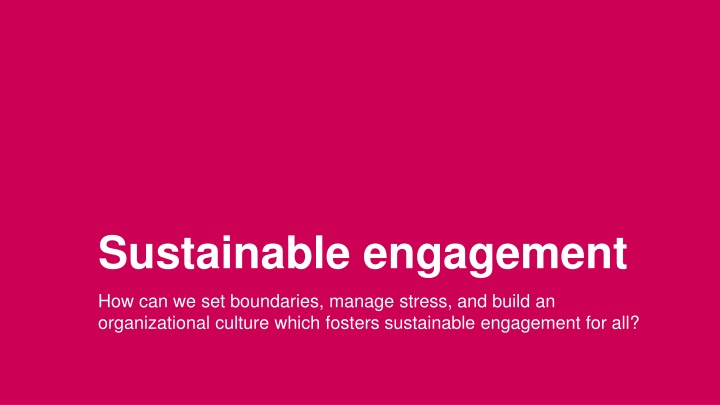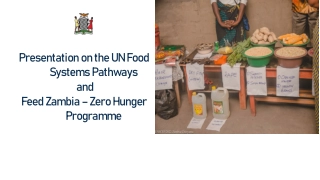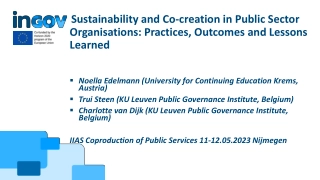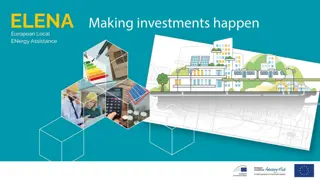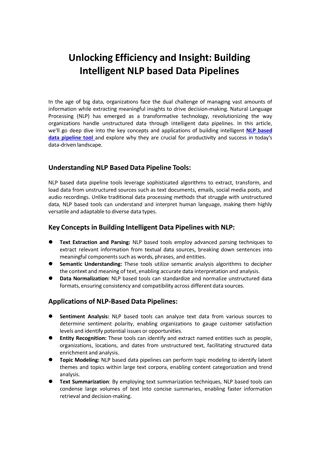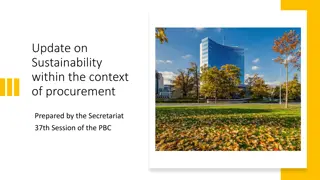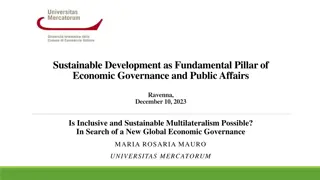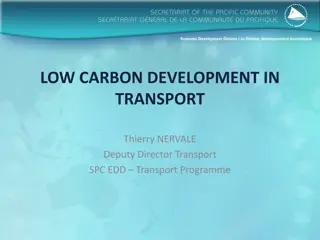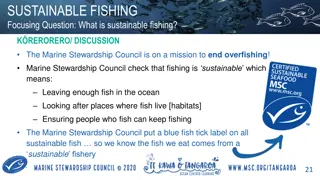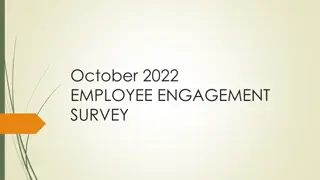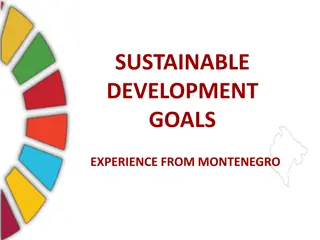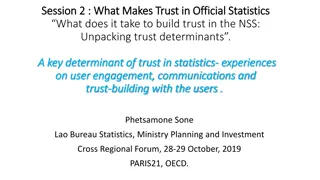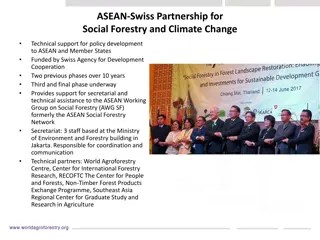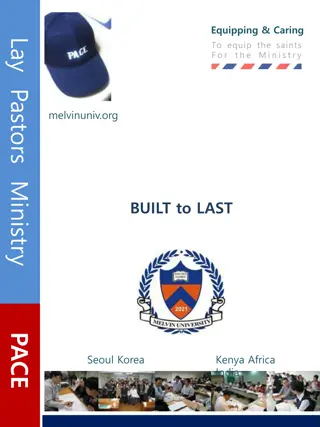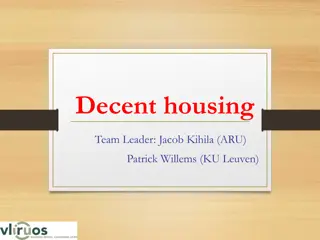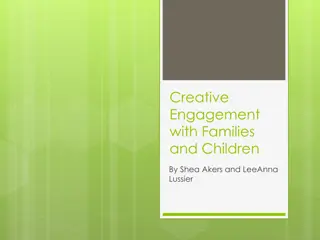Building Sustainable Engagement in Organizations
Building sustainable engagement in organizations involves setting boundaries, managing stress, and fostering a culture that supports sustainable engagement for all. Learn about the reasons behind burnout, regular factors contributing to it, signs of burnout, and strategies to promote sustainable engagement at individual and organizational levels.
Download Presentation

Please find below an Image/Link to download the presentation.
The content on the website is provided AS IS for your information and personal use only. It may not be sold, licensed, or shared on other websites without obtaining consent from the author.If you encounter any issues during the download, it is possible that the publisher has removed the file from their server.
You are allowed to download the files provided on this website for personal or commercial use, subject to the condition that they are used lawfully. All files are the property of their respective owners.
The content on the website is provided AS IS for your information and personal use only. It may not be sold, licensed, or shared on other websites without obtaining consent from the author.
E N D
Presentation Transcript
Sustainable engagement How can we set boundaries, manage stress, and build an organizational culture which fosters sustainable engagement for all?
Regular factors Jobs and positions without clear boundaries Much to do over longer periods of time How we experience our working conditions is key Perceived stress is more significant than actual workload Perceived gap between expectations and result Different people have different capacity Role conflict and uncertainty connected to one's role
Signs of burnout Fatigue and tiredness (physically and/or mentally) Irritation Problems with sleep Depression and anxiety Depersonalization Feeling empty Feeling less competent and less effective Feeling that no matter what you do, you are not enough
How can we foster sustainable engagements? Boundaries Individual level Managing stress Organizational culture Organizational level Leader responsibility what do you do when someone experienceburnout?
Individual level: boundaries How can we set boundaries for our self?
Time is valuable Look at your own time as valuable: How do you use it best for your organization? Are there tasks you do today that someone else can/should do? Is your board good enough at prioritizing (away) tasks in the organization? Seek help from your board or others to prioritize your time Prioritize rest in calm periods
What is your best tip to set boundaries?
Some practical advice Set some "rules" for yourself that you try your best to respect (e.g. maximum two work-weekends each month) Book free time in your calendar Prioritize what to do and not to do with others Make prioritized to-do lists Have rules for how and when to contact each other
More practical advice: Have friends who are not active in the same organization as your self Unwind with other activities when possible Work goal focused, not activity focused The goal should not be to do the most things, but to achieve the most Have an external mentor/advisor TAKE VACATIONS!
Remind your self How important is this (meeting/conference/task)? How important is it that I am the one who do this? What is the worst thing that can happen if I do not do this?
How can you set boundaries for others?
Individual level: managing stress How to manage busy days without being paralyzed with by stress?
Thoughts and feelings Are there alternative ways to think about the situation?
What is your best tip to managing busy days?
Take care of your self Eat enough (nutritious) food Physical activity Sleep Friends
What would you say to your best friend?
Organizational level: organizational culture
How can we build an organizational culture which fosters sustainable engagement? The goal: for children and youth to experience empowerment, learn, have fun and be a part of a safe community while working towards something larger than oneself Important, yet sometimes difficult, balance for the organization Volunteers are the most valuable recourses you have treat them accordingly
Room to say no! Build a culture where it is acceptable to say no without having to justify the answer Help each other by giving each other specific requests Explain when, where and the time it takes Communicate if the task is important or not
Planning Don't plan for more than you have the recourses to do Prioritize what is important and not Clarify roles and expectations Give people a break, and celebrate when you achieve something
Talk about expectations What expectations do you think people in your organization feel that they are met with? What expectations do board members have to themselves and to their role in your organization? Is it common to experience a gap between what you expect to achieve and what you achieve in your organization? Can you help board members steer their expectations to themselves?
Recruiting new volunteers How do you invite new people to join your organization, and to take on tasks in the organization? How does the election committee talk about the roles (and connected work) in your organization? Often sold in as less work than it is problematic Simple motivational theory: all people need to feel valuable and competent feel that their contributions matter Key to motivate and acknowledge members
How easy is it to say no in your organization? How can it become easier?
Organizational level: leader responsibility
As you lead, others will follow The first step towards a healthy organizational culture is leaders that are good role models Don't make a contenst out ot having done the most things Take breaks, show others that you set boundaries for your self Help others prioritize, and take responsibility for the unpopular decisions Be careful not to complan about your workload everyone gets tired, and that is okay, but be mindful when talking about it
What do you do if someone experience burnout? 1. Take care of the person map out their needs and the expectations they have to the organization 2. Find out what you can and cannot do for the person 3. Go through their taks and 1. Find out what you are going to prioritize down 2. Find out who has capacity to take on the remaining tasks 4. Talk to other board members and go through how they can set boundaries for themselves 5. Make a plan to get the person back into the organization on their own terms
What do you do to prevent that people experience burnout in your organization?
